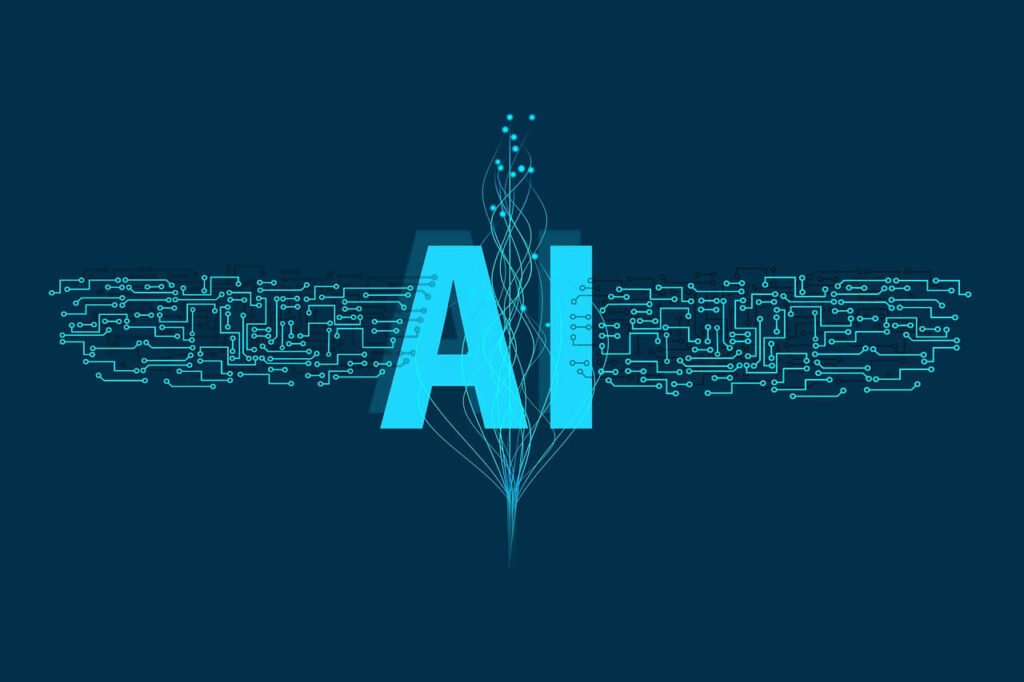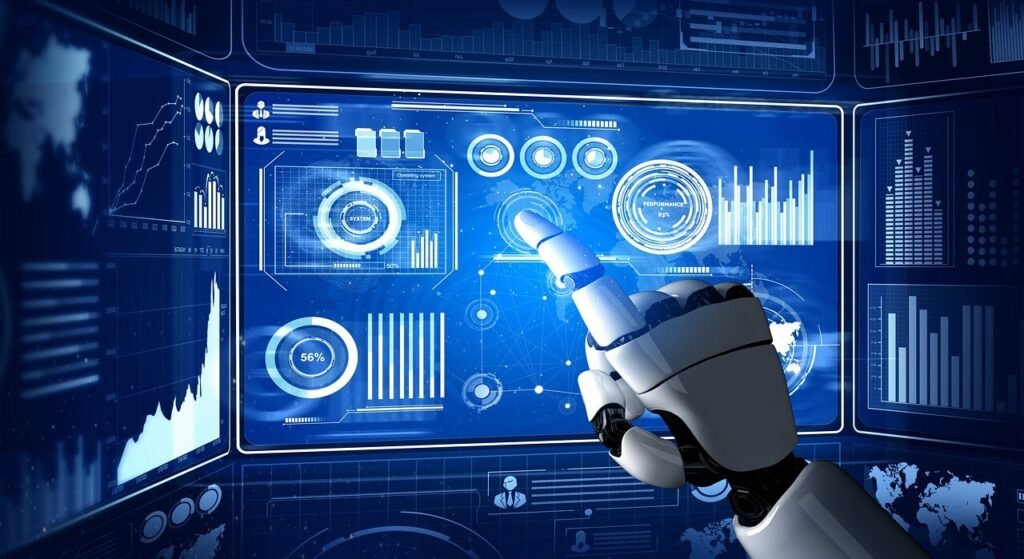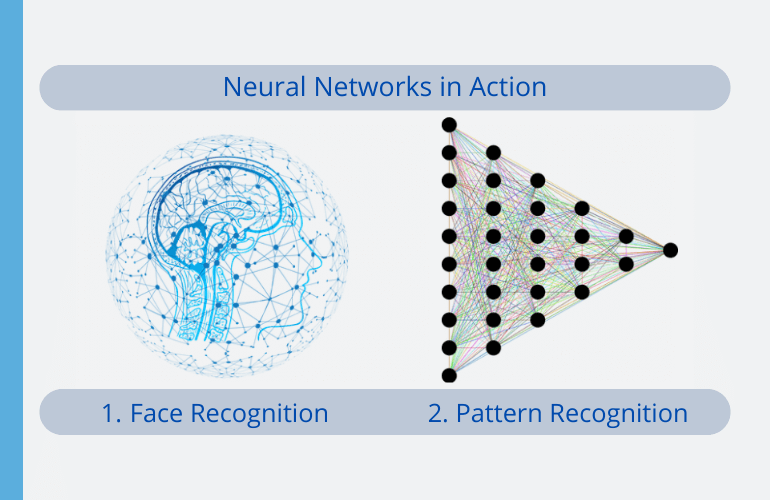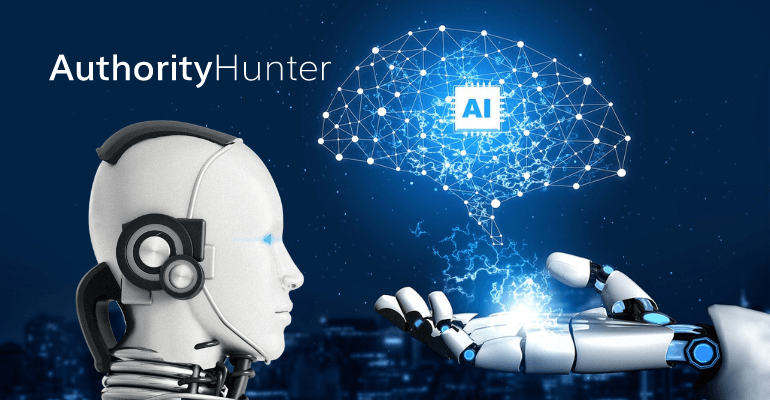Are you searching for artificial intelligence is a Modern Approach PDF? You should also read this In-depth blog covered by authorityhunter.com
A wide range of computer science, artificial intelligence (AI), patronises with development of intelligent machines that package do jobs that usually require human intelligence.
Consider yourself well-informed about the subject of artificial intelligence (AI).
However, advances in machine learning and broad learning are creating a paradigm shift across virtually every industry within the tech sector, making it an interdisciplinary science with numerous approaches.
Advanced software will be reliant on artificial intelligence (AI) in the following years and decades. AI is a truly revolutionary computer science achievement. This poses a danger, but it also offers a chance.
Artificial intelligence (AI) will be used to enhance cyber operations on the offensive and defensive sides. In addition, new cyber attack methods will be developed to exploit AI’s particular flaws.
Table of Contents
- A Modern Approach to Artificial Intelligence
- How ai is being used today?
- Subcategories:
- About the subject:
- There have been three waves of AI research:
- Artificial intelligence is a modern approach, Another way
- To put it another way, what is AI?
- Artificial Intelligence (AI) Goals
- Applications of Artificial Intelligence
- The realm of artificial intelligence is divided into three tasks:
- Type-1 (also known as Type-II or Type-IIa)
- Type-2 is the second of the three types
- Computer Science Research Areas in Artificial Intelligence
- How is artificial intelligence used in our daily lives?
- Frequently Asked Questions on AL and ML
A Modern Approach to Artificial Intelligence
Stuart Russell and Peter Norvig’s groundbreaking book Artificial Intelligence: A Modern Approach tackles the question by focusing on the idea of intelligent agents in machines. AI is all about knowing factors that take precepts from the situation and proper action.
In the words of Russell and Norvig Afterwards, Norvig and Russell look at four different ways that the field of artificial intelligence has been historically interpreted:
- Considering the situation from a human perspective
- Using logical reasoning
- Being a good person
- Using common-sense
The first two concepts deal with ways of thinking and reasoning, while others are focused on actions. For the Turing Test, Norvig and Russell highlight the use of intelligent companies performing to attain their plans, stating that “all the facilities needed for the Turing Test also give an agent to act wisely.” In the signatures of Russell and Norvig,
Patrick Winston, the Ford sage of computer science and artificial intelligence at MIT, describes AI as “algorithms enabled by teams, presented by images that support figures targeted at loops that link analysing, understanding, and performance.”
The ordinary person may find these answers abstract. Still, they serve us focus on the field as a part of computer science and provide a blueprint for giving machines and programmes machine understanding and other aspects of artificial intelligence.
While addressing a large crowd at the Japan AI Experience in 2017, Jeremy Achin, CEO of DataRobot, proposed the following definition of how AI is currently used:
How ai is being used today?

Artificial intelligence (AI) refers to computer systems that can carry out tasks ordinarily performed by humans. While machine learning and deep learning power many artificial intelligence systems, other boring rules also play a role.
Subcategories:
Computation theory: the study of whether and how well an algorithm can solve a problem.
A computer or application’s ability to adjust its behaviour depending on the context in which it is being used (e.g. the location of the computer)
Three. Standard systems – computation methods that make more than one device into a collaborative apparatus
Organizational choice making is supported by decision support systems (DSS), which are computer-based interactive information systems.
The evolutionary estimate is an artificial intelligence subfield that studies iterative methods to discover combinatorial optimization difficulties.
Systems that use fuzzy logic or logic with continuous variables ranging from 1 to 0 are known as fuzzy systems.
In artificial intelligence, KBS (knowledge-based systems) refers to tools that help researchers discover new information in a knowledge base.
There are two types of learning in computers:
- Algorithmic
- Empirical
Systems that use algorithms to evolve their behaviour are referred to as learning systems.
Logic is the systematic examination of the inference and reasoning processes.
A machine’s capacity for thinking and reasoning like a human being
Machine learning is an area of artificial intelligence in which machines can learn from empirical data and then adapt their behaviour accordingly.
Simple language processing is a sub-area of artificial intelligence which enables processors to proffer in individual terms.
Although the term “neural network” refers only to biological neurons, the time can now be applied to artificial neural networks.
About the subject:
DAI, or distributed artificial intelligence, was created to address complex problems in learning, planning, and decision-making. Some meta-heuristic methods of problem-solving may resemble operation research when discussing decision making.
To be more specific, management research does not cover all aspects of this. The text investigates how DAI systems represent and use organisational knowledge and the dynamics of computational ecosystems and communication-free interactions between rational agents.
Nonhierarchical distributed agents, constraint-directed resource negotiation, and plans for multiple agents are all discussed in this book.
Plan confirmation, production, and performance, negotiation workers, design, network management issues, and dispute resolution paradigms were some of the subjects incorporated in the seminar.
Documentation on task decomposition and allocation negotiations using partial global planning as well as mechanisms for evaluating the nonlocal impact of local decisions in distributed planning is provided by the manuscript.
After 60 years of research, artificial intelligence (AI) has roots in science, mathematics, philosophy, psychology, linguistics, and computer science. As a result of Alan Turing’s introduction of the Turing Machine in 1937, other researchers became interested in developing a “thinking machine” that can think like humans.
This was a significant milestone for the field of artificial intelligence.
There have been three waves of AI research:
- the first was hampered by computers’ limited computational capacity and processing power;
- the second saw the development of artificial neural networks that functioned similarly to the human brain and computers with increased computational capacity;
- the current third wave of research is fueled by deep learning and will lead to increased real-world application.
Artificial intelligence is a modern approach, Another way

To put it another way, what is AI?
Artificial intelligence (AI) is defined as “the engineering and science of creating intelligent machines, primarily intelligent computer programmes” (from Wikipedia). Building a supercomputer, automating it to control a workstation, or using innovative software that thinks as intelligent humans do are all examples of artificial intelligence (AI).

AI is gifted when it comes to solving a problem, such as how the human mind works and how people acquire new knowledge for creating cutting-edge software and systems.
Consequently, Artificial Intelligence development continues to produce equipment with brainpower similar to that of humans.
Artificial Intelligence (AI) Goals
Create Expert Systems
Systems that demonstrate intelligent behaviour and conduct research before making recommendations to end-users.
Machines that recognize, consider, study, and act similarly to humans are human intelligence systems.
Computer science and engineering, philosophy, sociology, mathematics, neuroscience, linguistics, and biology all influence artificial intelligence. It is through the improvement of PC purposes connected to people’s brains, such as logic and knowledge, that AI has the most power.
Applications of Artificial Intelligence
A variety of fields, including, have seen Artificial Intelligence take the lead.
In tactical games, AI plays a critical role, allowing the device to reason about many possible situations.
Natural Language Processing (NLP) uses a computer to understand words written by humans.
Many applications integrate devices, unique information, and software to report computations as part of an expert system. End-users can utilize these programmes to get explanations and ideas.
strategies that recognize, read, and implement diagrammatic attempts on a personal computer
As an illustration,
- A spy plane captures pictures to build spatial information or a map of various regions.
- Patients are diagnosed by doctors who consult with medical specialists.
- Police utilize computer tools to recognize a suspect’s face.
Speech Recognition
Some intelligent systems can hear the language in terms of phrase meanings that humans can speak to them.
When it reads handwritten text on paper, it can recognize the letter shapes and turn them into editable text.
Handwriting Recognition
Physical data such as pressure, temperature, heat, sound, and other environmental factors can be used by intelligent robots to make decisions. To demonstrate their intelligence, robots have a significant amount of stored data.
AI categorization according to task
The realm of artificial intelligence is divided into three tasks:
- Formal responsibilities
- Routine responsibilities
- Expert-level responsibilities
Types of artificial intelligence:
There are two types of artificial intelligence-
- Type-1
- Type-2
Type-1 (also known as Type-II or Type-IIa)
AI with a narrow (weak) scope:
- Narrow AI, sometimes known as weak AI, can carry out a specific task with intelligence. It’s a phrase that everyone knows.
- For instance, IBM’s Watson supercomputer.
AI in general:
- General artificial intelligence (general AI) can do some logical tasks with competence, just like a human.
- The idea behind universal artificial intelligence is to create an arrangement that is superior to human beings and can think like humans.
Super Artificial Intelligence:
- In the future, technology may be better than human intelligence and capable of completing any mission more effectively than people.
- Super AI is still considered to be a science fiction concept in the field of Artificial Intelligence.
Type-2 is the second of the three types
Reactive Machines (also known as “reactive machines”)
- Reactive/Responsive machines behave by the most excellent action, and they operate within the context of the current circumstance.
- Among the most notable examples of reactive machines is IBM’s Deep Blue chess-playing computer system.
Memory Capacity Is Limited
- For a brief period, these robots can acquire historical experiences or a tiny amount of data, respectively.
- Data that has been stored can only be accessed for a short amount of time.
- Examples include driverless automobiles.
Theory of Consciousness
- This theory comprehends human emotion, public thinking, and the ability to communicate like humans.
- The amount of hard work and perfection required to build these types of artificial intelligence computers is being manufactured by investigators.
Self-Awareness
- These machines are intelligent and will become even more intelligent in the future. They will come to terms with themselves and realize who they are.
Computer Science Research Areas in Artificial Intelligence

Artificial Intelligence is a vast field with a lot of depth and breadth. The following are the major research areas in artificial intelligence:
- NLP stands for Natural Language Processing.
- Real-World Applications are one of the research areas.
How is artificial intelligence used in our daily lives?
There are a variety of applications in everyday life where Artificial Intelligence is assisting ordinary people.
1. Examples of robotic technology include:
- Stirring
- Covering
- Spraying
- Drilling and accuracy checking robots
- Cleaning and painting robots
- Wide range of other applications
2. Expert Systems:
Examples include plane-tracking systems and healthcare systems.
3. Fuzzy Logic Systems:
Examples include electronics for end-users, the automobile industry, and other industries.
4. Neural Networks in Action:

Pattern Recognition Systems such as handwriting, face, and character recognition are examples of neural networks in action.

5. Natural Language Processing:
Speech detection, automatic accent generation, and Question-Answer systems are examples of natural language processing.

Consequently, artificial intelligence (AI) is the recreation of human cleverness in robots that can be trained to think and act the same way as humans.
Artificial intelligence (AI) improves the effectiveness of human activities for the enhancement of human life.
Keep learning about AI and ML…
A Blogs on Artificial Intelligence (AI) & Machine Learning (ML).
